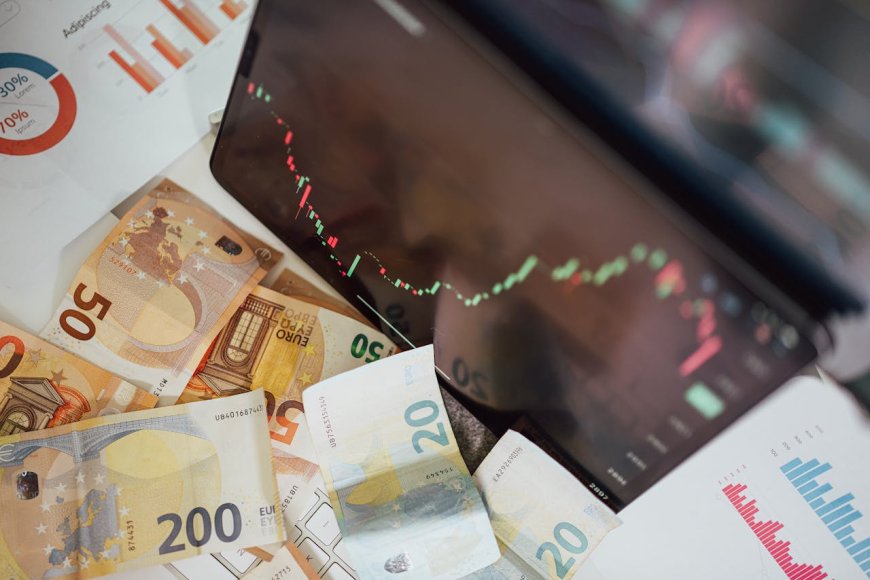How to Trade with a Small Forex Account

Trading with a small forex account presents unique challenges and opportunities. While a modest account size might limit the scale of your trades, it can also encourage disciplined trading and effective risk management. This article explores practical strategies and tips to help you trade successfully with a small forex account.
1. Start with a Solid Plan
A well-defined trading plan is crucial for managing a small account effectively. Your plan should include:
- Trading Goals: Set clear, realistic goals for your trading activities, such as specific profit targets or skill development milestones.
- Risk Management Rules: Define how much of your capital you’re willing to risk per trade. A common guideline is to risk no more than 1-2% of your account balance on a single trade.
- Trading Strategy: Choose a trading strategy that aligns with your risk tolerance and trading style. Popular strategies for small accounts include day trading, swing trading, and scalping.
2. Use Micro and Nano Lots
With a small forex account, trading standard or mini lots is often impractical due to high risk. Instead, focus on micro or nano lots:
- Micro Lot: Represents 1,000 units of the base currency. A 1-pip move in a micro lot is worth approximately $0.10.
- Nano Lot: Represents 100 units of the base currency. A 1-pip move in a nano lot is worth approximately $0.01.
Trading these smaller lot sizes helps manage risk and allows you to trade with a small account more effectively.
3. Implement Strict Risk Management
Effective risk management is vital for small accounts. Here’s how to manage risk:
- Set Stop-Loss Orders: Use stop-loss orders to limit potential losses on each trade. Ensure your stop-loss level reflects your risk tolerance and account size.
- Use Take-Profit Orders: Establish take-profit levels to secure gains and avoid holding onto positions for too long.
- Calculate Position Size: Use a position sizing formula to determine the appropriate lot size based on your risk per trade and stop-loss distance.
4. Leverage Wisely
Leverage allows you to control larger positions with a smaller amount of capital, but it also increases risk. For small accounts, it’s essential to use leverage cautiously:
- Lower Leverage: Opt for lower leverage to reduce the risk of significant losses. For example, using 1:10 leverage means you control $10,000 with $1,000 of your own capital.
- Monitor Margin Levels: Be aware of your margin levels and avoid over-leveraging, which can lead to margin calls and potential account liquidation.
5. Focus on High-Probability Trades
Given the limited capital in a small account, it’s crucial to focus on high-probability trades:
- Technical and Fundamental Analysis: Use technical indicators and fundamental analysis to identify high-quality trade setups.
- Trade Selectively: Avoid overtrading and focus on trades that offer the best risk-reward ratios.
6. Be Patient and Disciplined
Patience and discipline are key to trading with a small account:
- Avoid Chasing Losses: If you experience a loss, don’t try to recover it by taking excessive risks. Stick to your trading plan and risk management rules.
- Stick to Your Strategy: Follow your trading strategy consistently and avoid making impulsive decisions based on emotions or market noise.
7. Educate Yourself Continuously
Continuous learning helps improve your trading skills and adapt to changing market conditions:
- Stay Informed: Keep up with market news, economic reports, and trading trends to make informed decisions.
- Learn from Mistakes: Review your trading journal to analyze mistakes and successes, and adjust your strategies accordingly.
8. Consider Demo Trading
Before trading live with a small account, practice with a demo account:
- Test Strategies: Use a demo account to test your trading strategies and risk management techniques without risking real money.
- Build Confidence: Gain confidence and experience by trading in a risk-free environment before committing real capital.
Conclusion
Trading with a small forex account requires a disciplined approach and effective risk management. By starting with a solid plan, using micro or nano lots, implementing strict risk management, leveraging wisely, focusing on high-probability trades, being patient and disciplined, continuously educating yourself, and considering demo trading, you can navigate the forex market successfully with a modest account size. With careful planning and strategic execution, even a small account can grow and lead to long-term trading success.







